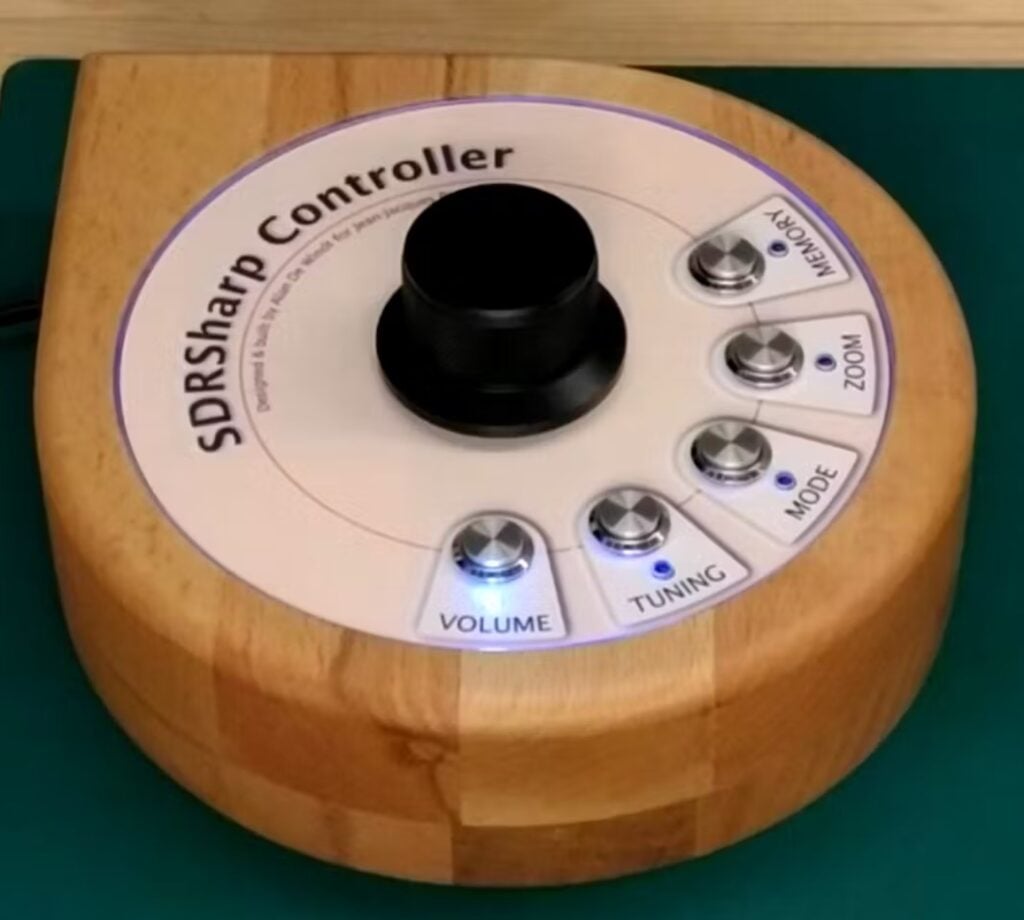Airspy and YouLoop 2024 Black Friday Sale 20% OFF
Airspy is holding their annual Black Friday sale, this year offering 20% off their range of products. The sale is active at all participating resellers, which includes our own store where we have the YouLoop on sale for US$31.96 including free shipping to most countries in the world, instead of the usual US$39.95. Please note that due to EU VAT collection laws, EU customers must purchase the discounted YouLoop from our eBay or Aliexpress stores.
The YouLoop is a low cost passive loop antenna for HF and VHF. It is based on the Möbius loop design which results in a high degree of noise cancelling. However the main drawback is that it is a non-resonant design, which means that it works best when used with ultra sensitive receivers like the Airspy HF+ Discovery.
Some good reviews include the YouTube videos done by Frugal Radio where he reviews HF reception and VLF & LF reception with an Airspy HF+, and later tests it with an RTL-SDR Blog V3 using direct sampling. Techminds also has an excellent review on his YouTube channel. We also have a product release overview on this post from March 2020.
During the sale the price of Airspy SDRs and their upconverters are:
- Airspy R2:
$160.00$135.20 - Airspy Mini:
$99.00$79.20 - Airspy HF+ Discovery:
$169.00$135.20 - Airspy SpyVerter:
$49.00$39.20
Check our #BlackFriday offers at #Airspy and get the best of breed in real world Software Defined Radio receivers. https://t.co/t7IDhpTCBh#Retweet and #Like to participate in our second #Lottery draw, and possibly win the #Airspy product of your choice. pic.twitter.com/XjuGrZE2uz
— prog (@lambdaprog) November 20, 2023

